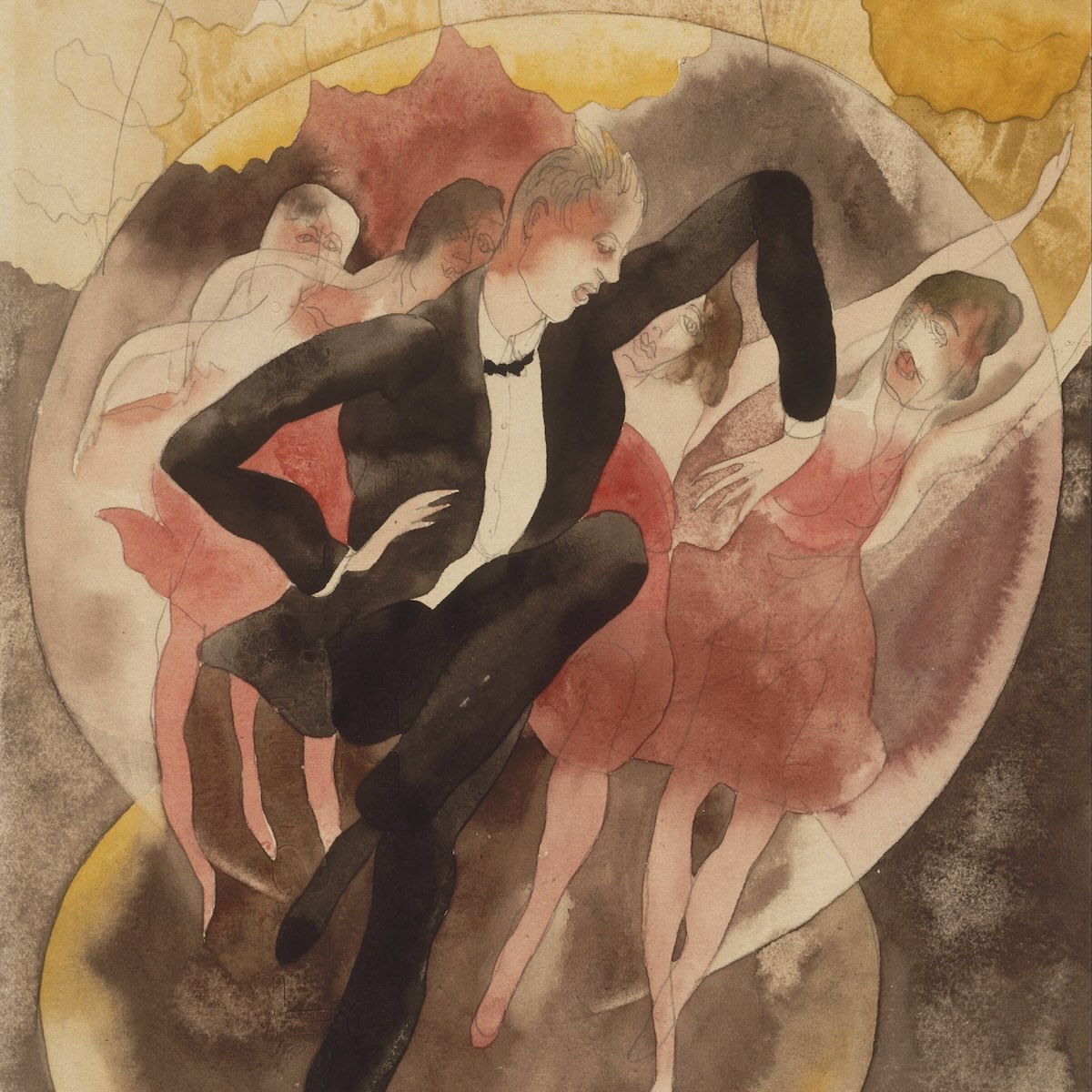
Bertram Cope’s Year
Henry Blake Fuller
Year
1919
1192
750
692
922
891
1006
863
789
838
900
924
867
1310
1074
1168
1022
1072
1382
943
1101
1129
821
728
960
724
956
851
771
829
765
769
739
990
Description
"Bertram Cope's Year" by Henry Blake Fuller, published in 1919, offers a nuanced exploration of life, love, and identity within the sheltered world of an early 20th-century university town. The novel follows the titular character, Bertram Cope, a charming and somewhat aloof young man who arrives at a Midwestern university to complete his graduate studies and secure a teaching position. Cope quickly becomes a central figure in the social circles of Churchton, Illinois, attracting the attention and affection of various characters, both men and women. Fuller deftly portrays the subtle dynamics of interpersonal relationships, capturing the complexities of social expectations and the unspoken nuances of romantic and platonic bonds. Among those captivated by Cope are Medora Phillips, a wealthy widow who attempts to integrate him into her social set, and Arthur Lemoyne, Cope's close friend whose relationship with him suggests deeper emotional undertones. The novel is notable for its discreet yet significant handling of same-sex affection, a rare and bold theme for its time. "Bertram Cope's Year" is a rich, character-driven narrative that examines the intersections of social ambition, personal loyalty, and the search for genuine connection. Fuller's elegant prose and keen social insight provide a satirical yet empathetic look at the aspirations and follies of youth against the backdrop of academic life. Immerse yourself in "Bertram Cope's Year" to experience a subtly revolutionary exploration of love and identity within the cloistered environs of early 20th-century academia. Fuller's work remains a thought-provoking and insightful read, reflecting on themes of societal norms and personal authenticity that resonate just as deeply today. Please note: Written in the early 20th century, "Bertram Cope's Year" reflects the social attitudes and language of its time, including implicit references to homosexuality that may be seen through the lens of the era's cultural norms.
